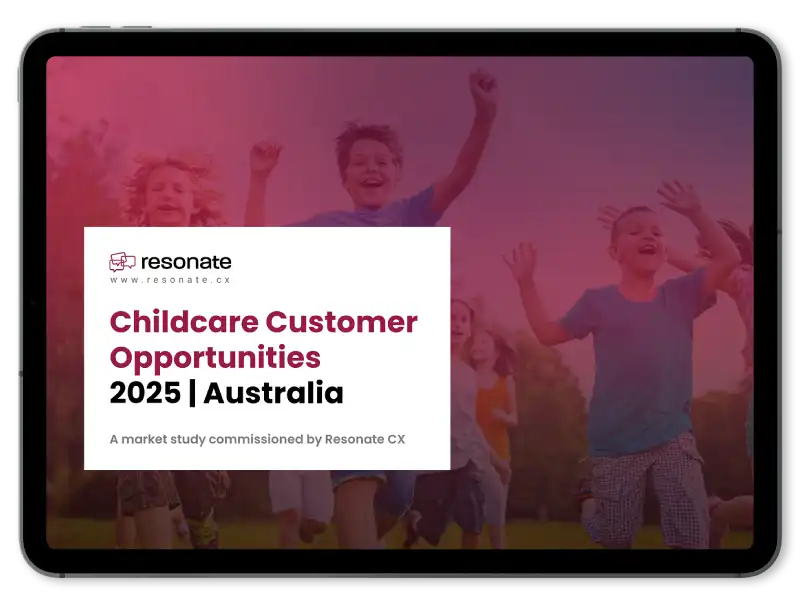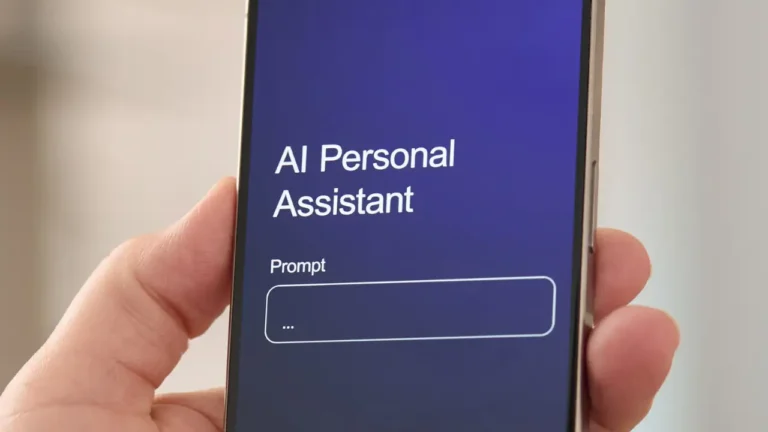TLDR:
- Voice of the Customer (VoC) and Voice of the Employee (VoE) are both crucial for a business’s success. You cannot afford to choose one over the other, as both provide an unfiltered source of truth about how your business is doing.
- VoC is focused on gathering customer feedback and preferences to improve products and services. In contrast, VoE is its internal counterpart, capturing employee insights about internal processes and workplace culture.
- Ignoring the voice of employees weakens a company’s ability to serve customers. The article highlights that frontline employee insights can often predict customer churn before it’s revealed in survey scores.
- Aligning both voices can lead to significant business gains. The article cites Gallup research showing that companies with highly engaged employees outperform those with low engagement, achieving higher profitability and customer loyalty.
- To effectively use both voices, you need to build a holistic strategy. This includes closing the feedback loop for both groups, using shared metrics like NPS and eNPS, investing in integrated technology, and fostering a culture of listening from the top down.
Two voices tell you exactly how your business is doing. One comes from your customers. The other comes from your employees. These two are called the Voice of the Customer (VoC) and the Voice of the Employee (VoE). Together, they’re your most unfiltered source of truth.
In a competitive environment, experience makes or breaks loyalty; you can’t afford to choose one over the other. Yet, most companies do. According to the Employee Voice Study by Workplace Intelligence, 63% of employees feel their input is ignored in decision-making. On the customer side, 78% say a brand’s ability to “get them” and deliver personal value is a deciding factor in their loyalty.
But there’s a critical disconnect. Ignoring one audience weakens your ability to serve the other. The shift toward experience-led transformation increasingly means that sustainable growth depends on aligning both VoC and VoE.
Understanding VoC and VoE: Definitions and Differences
Voice of the Customer gathers customer feedback, preferences, and experiences to improve products, services, and interactions. It reveals what your audience expects from you and whether you’re falling short of those expectations.
Voice of the Employee captures employee insights about internal processes, workplace culture, and service delivery. It’s the internal counterpart that shows what teams need to perform at their best.
Key Distinctions between VoC and VoE
| Aspect | Voice of the Customer (VoC) | Voice of the Employee (VoE) |
| Orientation | Outward-facing | Inward-facing |
| Purpose | Identifies how customers feel and want | Highlights what employees need to deliver on customer expectations |
| Impact | Drives product, service, and brand adjustments | Drives operational and cultural improvements |
Why You Shouldn’t Prioritise One Over the Other
It’s tempting to channel resources into the more visible voice, most often the customer’s. But treating VoC and VoE as competitors is a strategic error. The reality is that these areas are complementary, not conflicting. Businesses that align both experience stronger performance, faster problem-solving, and better employee retention.
Gallup research finds that organisations with highly engaged employees outperform those with low engagement, achieving around 23% higher profitability, 10% greater customer loyalty, and 18% higher sales productivity. They also report 78% less absenteeism and significantly lower turnover rates across industries.
Why? Frontline employee insights often predict customer churn before survey scores reveal it. For example, an uptick in complaints about outdated systems from support staff, for instance, can foreshadow a drop in customer satisfaction.
Integrating an all-in-one AI-driven Customer Experience Management (CXM) platform like Resonate into your processes should enable you to capture those early employee signals, connect them with customer data, and act on them before they escalate into measurable churn.
Real-World Examples: When Alignment Works
The benefits of synergising VoC and VOE aren’t theoretical. Lincoln Financial offers a strong example. The company implemented a structured employee listening strategy that blended company-wide with pulse surveys, open feedback forums, and sentiment analysis. These efforts strengthened employee engagement, improved productivity, and boosted retention, resulting in better, faster service delivery.
In other cases, VoE can flag issues that VoC couldn’t surface on its own. Imagine frontline staff noticing that the store layout confuses shoppers, or that internal processes slow down checkout times. These are pain points customers might not always articulate in surveys, but employees experience them daily. With a VoE system in place, staff can channel those insights upward, giving leaders the chance to streamline operations and improve customer journeys before frustrations escalate. By tapping into employee feedback alongside VoC, businesses close gaps that would otherwise remain hidden.
Building a Holistic Strategy: How to Listen, Align, and Act
To fully leverage both voices, you need your systems, metrics, and internal culture working in tandem.
- Close the Loop for Both Groups – It’s not enough to collect feedback. Set up your systems to immediately act on it and communicate back what’s been done.
- Use Shared KPIs Across CX and EX Teams – Pair metrics like NPS (Net Promoter Score) with eNPS (employee Net Promoter Score) or track customer effort alongside employee effort. This creates shared accountability for the outcomes.
- Invest in Integrated Tech and Analytics – Platforms that aggregate both employee and customer insights make it easier to spot correlations between customer and employee experiences. You can use these tools to see where employee frustrations align with dips in customer satisfaction.
- Reinforce a Culture of Listening – Executive buy-in, transparent reporting, and frontline empowerment ensure feedback isn’t just heard but also acted upon.
When VoC and VoE data inform each other, decision-making becomes more precise and proactive. Both customers and employees will gain trust in the business because they see their opinions matter. In return, the business enjoys more loyalty and participation.
When You Listen to Both, Everyone Wins
Customer experience doesn’t exist in a vacuum. It’s directly shaped by employee experience at every turn. If your teams feel supported, equipped, and heard, they’re far better able to deliver the kind of service that wins loyalty.
Organisations that activate both voices inevitably see gains in loyalty, innovation, and growth. This is because they understand that winning over customers starts from the inside.
Now that experiences define brands, the most successful companies will be those that know how to listen—and quickly respond—to both customers and their employees. With an AI-driven CXM to unify VoC and VoE insights, you can spot trends faster, address root causes more effectively, and turn feedback from both customers and employees into meaningful improvements. In turn, your business gains the edge it needs to thrive in today’s experience-driven environments.









